In a remarkable photograph by Benjamin Stone, from around 1899, six men in breeches of a criss-cross floral pattern hold up great reindeer antlers. (Carbon dating of these objects produced the year 1066, plus or minus 80.) A man in a bowler hat holds a squeeze box and on the right a serious-faced boy stands with a hobby-horse head emerging from the cloth that swathes him.
The photograph features in the exhibition Making Mischief: Folk Costume in Britain. It shows the Abbots Bromley horn dance, performed annually on the Monday after Old St Bartholomew’s Day (4 September). Never mind that the breeches were made in the 1880s by Mrs J. Manley Lowe, wife of the vicar of this Staffordshire parish. The origins of the mysterious antlers are anyone’s guess, and the hobby horse immediately connects it with otherworldly horses in folk performances that spectators like to think date from time immemorial.
Take the famous Padstow hobby horse, which comes out every May Day. A man carries a frame hung with black cloth, through which protrudes his head covered with a conical hat and weird mask. The horse has a head too, at the front of the framework. It seems to have its own life. ‘It is surprising how versatile and lifelike such a strange monster can be,’ says the respected folklorist Steve Roud. ‘It walks, sways, dances, sings and swoops – not much like a horse, admittedly, but like a live creature all the same.’
I’ve seen the same illusion in giants dancing in Sanguesa, near the Pyrenees. In these 11ft figures, built over wickerwork frames, a man inside looks out through a gauze square in the costume. They dance nimbly and with dignity, bowing and circling. Quevedo, the Spanish baroque poet, wrote a sonnet ‘Desengano de la exterior apariencia’ (Seeing through outward shows): ‘Do you see that great giant/ Walking along with such gravity and pride?/ Well, inside there’s just a framework of split sticks/ And scraps of cloth held up by some drudge.’
Quevedo writes the poetry of disenchantment, but ritual folk costumes work in the opposite direction: to conjure the poetry of the unknown. I mention Spain because seeing things there invites a sharper look at goings-on at home. At Antrobus in Cheshire a hobby horse like the one at Abbots Bromley comes from the land of the dead. The Antrobus Soul-Cakers’ mumming play ends with the Wild Horse and his Driver: ‘In comes Dick and all his men./ He’s come to see you once again./ He was alive, but now he’s dead./ He’s nothing but a poor horse’s head.’
There is a sort of logic to soul-caking. Mummers visit houses and are given soul cakes. In return they pray for the souls of the dead. This very much annoyed Philip Stubbes, the Elizabethan pamphleteer, who in 1593 lashed out at those who ‘give soule-cakes (for so they shame not to call them)… for the redemption of all christen soules, as they blasphemously speake’. But he doesn’t flog the dead horse in the enterprise, about which he remains silent.
A horse’s skull is often used in folk rituals, which looks very different from a live horse’s head. This was the case with the Mari Lwyd (Grey Mare) Christmas-time ritual in South Wales. With false eyes inserted and the jaw made to snap, the perambulating horse skull presented a ghastly aspect.
‘What an eerie monster he looks!’ wrote George Addy at the beginning of the 20th century about guising in England. ‘He opens his jaws and shuts them with a horrid metallic sort of a rattle. His painted eyeballs stare around with a kind of rigid deathlike smile.’
That was in the ritual simply named Old Horse that took place where Derbyshire, Yorkshire and Nottinghamshire meet. Householders paid participants with food, drink or money, once they’d let the horse and his followers in. In east Kent the creature was called Hoden Horse. ‘Hoden’ means wooden or perhaps hooded, but the horse (a man beneath a sheet) had a skull for a head before it was replaced with a wooden one. His doings were recorded by another keen Edwardian folklorist, Percy Maylam.
The Hoden Horse’s jaws opened and closed when the hodener beneath the sheet pulled a string. He was accompanied by a driver, a music-maker and a Molly, a man dressed as a woman, with a broom. They visited on Christmas Eve and would not go till given food, drink or money.
The motive of the hodeners may have been mercenary, but that did not explain the meaning of their ritual. It became extinct with the first world war, but then saw some revival in the 1930s and more in the 1950s as an adjunct to folk dancing. A pub in Ramsgate in the Hungry Horse chain was renamed the Hooden Horse (a variant spelling). The custom, transferred to Morris-infested seasons such as May Day, is now seen as a fixture.
A very different way of being disguised as a horse is also shown in photographs at Compton Verney. This is the outfit for little girls at Orkney’s annual Festival of the Horse, held in August at St Margaret’s Hope, on South Ronaldsay. At the same time little boys, in a gender-determined role, engage seriously in ploughing matches with miniature ploughs in the sand on the seashore.
The young girls wear a broad horse-collar embroidered with bead patterns and fringed with tassels. A decorative horse-bit hangs below the chin. Shiny black shoes with ankle fringes mimic the plough horse’s feathered fetlock. Long sleeves and long shorts are covered with bead patterning.
The girls do not look like horses. They look sweet, but very unusual. Where have we seen the appearance before? The beadwork may suggest First Nation dress in North America; some liken it to the button-sewn clothes of Cockney pearlies. I think there’s a danger of false resemblances here. As a parallel, I noticed that young women in traditional dress wear round hairpiece earphones for the crazy drunken week of Las Fallas in Valencia (where human effigies three-storeys high are burnt in the street). This head-dress resembles the strange earphones on the celebrated 2,400-year-old stone bust of the Dama de Elche, in the archaeological museum in Madrid. But it would be rash to suggest any connection.
Among folk costumes, I find most impressive those that transform the human body into something unnameable. It is quite easily done. The Burry Man of South Queensferry, West Lothian, is annually covered with thousands of burdock burrs. His face is hidden. He cannot put his arms to his side or they’d be stuck as if by Velcro, so two attendants help him walk along for hours holding two tall sticks. To drink he must use a straw. Homer Sykes’s photograph of him accomplishing this in a pub in 1977 is now in the Government Art Collection.
The whole point about folk costume is that we don’t know what it’s all about. It’s the alienation effect: no one knows why it is done. ‘To ward off evil spirits,’ say some, as though evil spirits were widely known to avoid burrs. Or take the Whittlesey Straw Bear, led about the Fenland town on the Tuesday following Plough Monday. It’s just a man covered in straw, but the clincher is the stook taking the place of a head. When the creature dances and circles, it has no back and front.
You’ve just missed a more bearlike bear in the gathering at the end of January of the joaldunak, dancing men in tall conical coloured hats, belted with cowbells, in Basque-speaking Navarre. Troupes from the villages of Ituren y Zubieta meet on the little bridge over the river Ezkurra. This shaggy bear appeared in an influential book of photographs by Cristina Garcia Rodero from 1992, Espana, fiestas y ritos, which rescued the rites from the touristic as local human expressions of the mysterious. Christian connections are not precluded.
In Zamora, north-west Spain, societies from villages all around gather in the autumn for the annual festival of masks. I saw them at it before the pandemic, and an additional impression was the noise, mostly of discordant cowbells. The simplest transformation seemed the most effective: the two-foot diameter circular red-painted mask with round eyes of the Zangarron de Montamarta, who runs around brandishing a trident. He simply holds the mask before his face, but in that moment, he becomes another being.
Got something to add? Join the discussion and comment below.
Get 10 issues for just $10
Subscribe to The Spectator Australia today for the next 10 magazine issues, plus full online access, for just $10.
You might disagree with half of it, but you’ll enjoy reading all of it. Try your first month for free, then just $2 a week for the remainder of your first year.

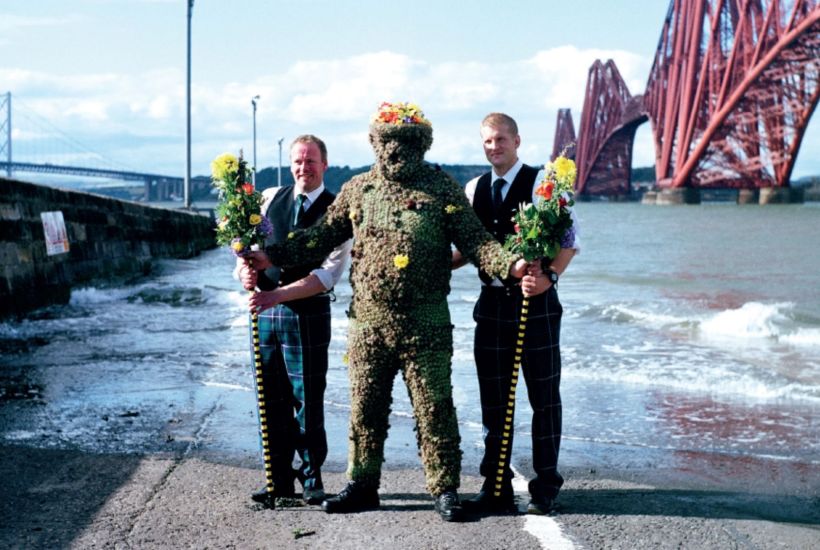
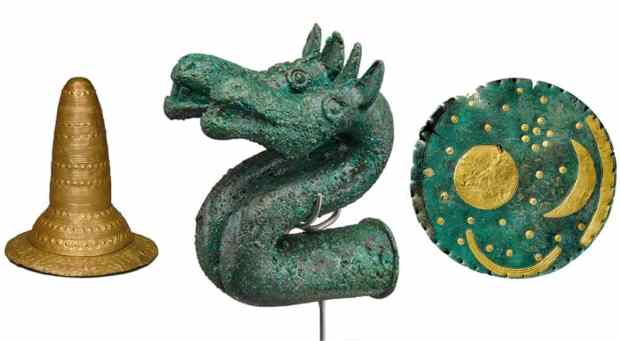
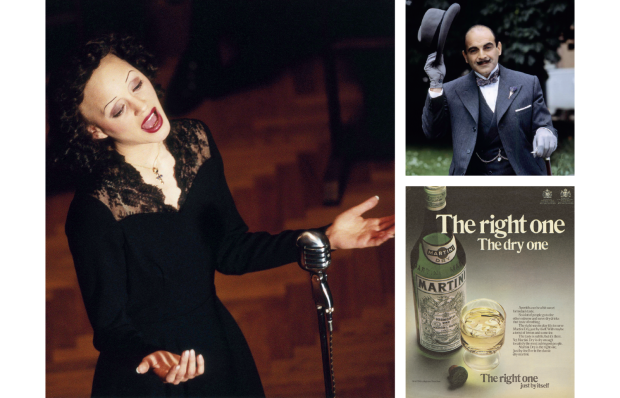

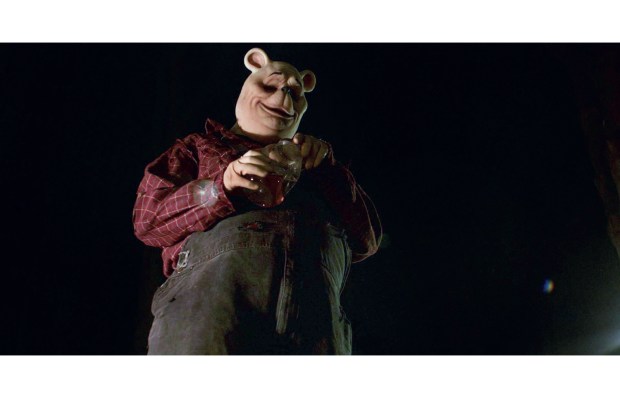
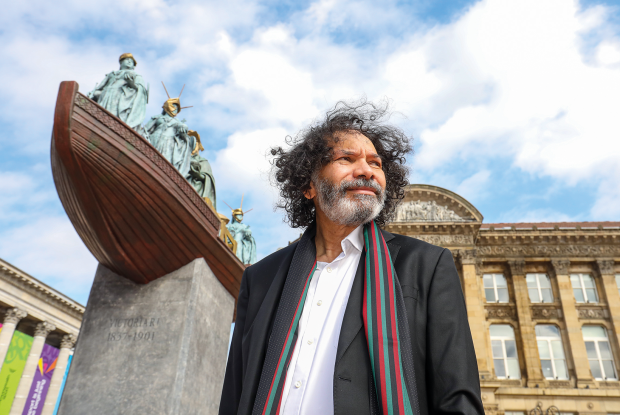







Comments
Don't miss out
Join the conversation with other Spectator Australia readers. Subscribe to leave a comment.
SUBSCRIBEAlready a subscriber? Log in